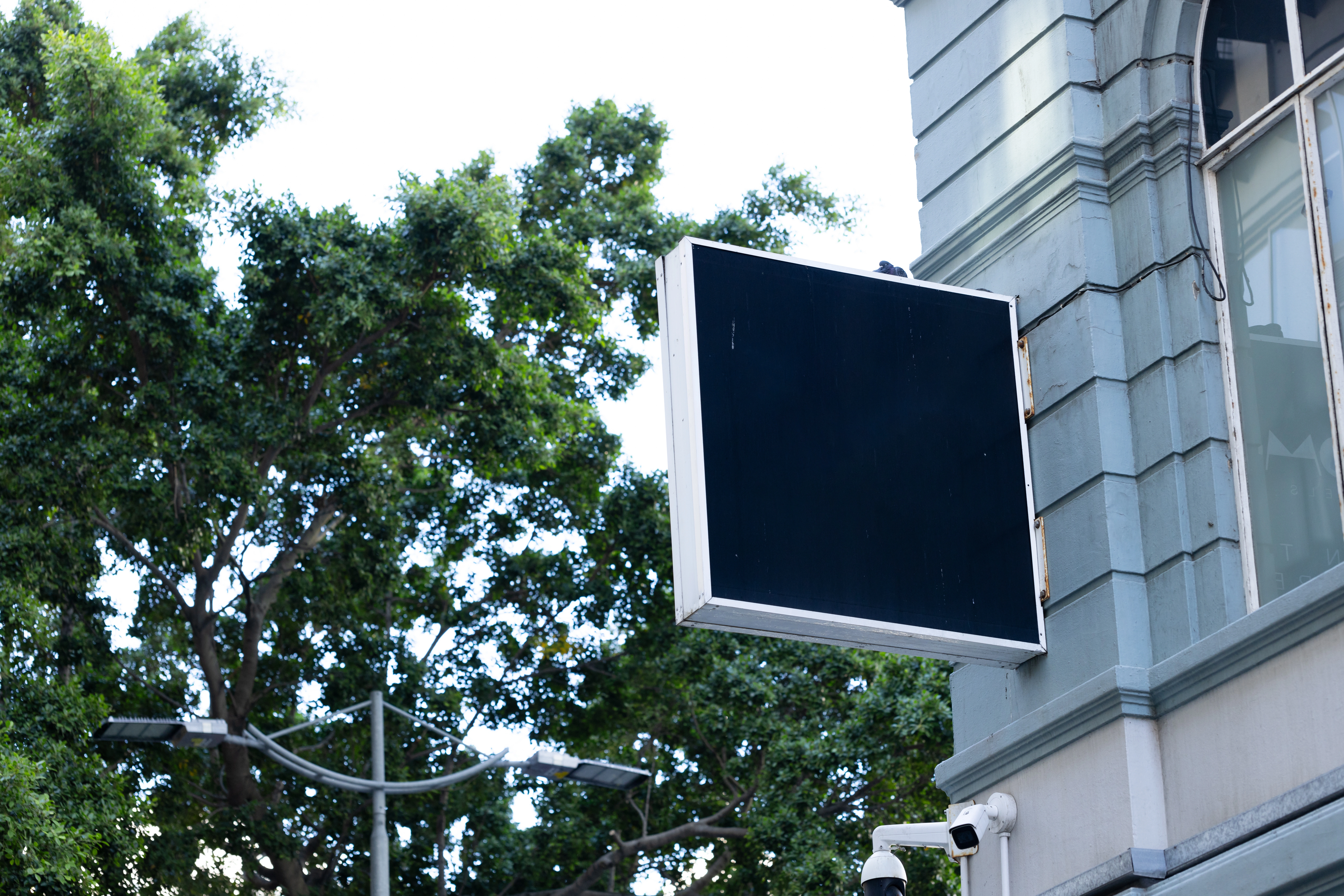The digital signage software market is estimated to be valued at a staggering USD 26.54 billion by 2030, promising CAGR of 15.84% during the forecast period of 2023-2030, according to Data Bridge Market Research. In an ever expanding, dog-eat-dog marketing landscape, brands have started to create out-of-the-box campaigns that push the envelope of creativity through 3D digital billboard advertising.
What are 3D effect digital signage displays and what are their advantages?
3D digital signage is an avant-garde form of modern advertising that uses 3D technology to give viewers the illusion of creative elements popping out of the medium and into the real world. In this form of advertising, 3D display technology is employed to project images or videos in a three-dimensional form. According to research, viewers experience 3D advertising content 30%longer than its 2D counterparts.
Therefore, there are critical advantages to investing in 3D digital signage display over traditional 2D advertising.
Eye-popping 3D visuals
Since the average audience is bombarded with promotional content as is, they subconsciously learn to tune out content as background noise. In a sea of 2D advertisements, 3D digital signage can foster an immersive experience for viewers using high-resolution displays, GPUs, and software algorithms.
Anamorphic display
In 3D digital signage,anamorphic displays provide breathtaking, realistic images that seem to pop off the screen, drawing viewers in. Anamorphic displays are perfect for branding, advertising, and producing memorable consumer experiences because of their dynamic, immersive effects that increase audience engagement.
Increased engagement
3D effect digital signage gives the advertiser more exposure and engagement with respect to their advertising content. The incorporation of dynamic imagery boosts audience engagement and recall, making 3D signages a powerful device for brand promotion. The 3D interactivity aspect allows 3D signages to offer 50% higher click through rate and conversion than traditional advertising
Higher conversion rates
Consumers are more likely to work with a brand that puts in the extra effort to stand out with an original and unique digital signage. The utilization of 3D sign boards speaks of professionalism, creative excellence, and attention to detail by your brand. Businesses with signage that sparks aesthetic appeal and creativity make a better impression on customers, thereby boosting conversion rates
Design flexibility
One of the major benefits of digital billboard advertising is that it is more convenient to alter the design than a 2D, static billboard. This allows business-owners to change the design to meet the changing needs of the market or the brand’s aesthetic preferences. Thus, 3D signage software provides immense innovation and differentiation benefits that are associated with brand awareness.
Durability and Longevity
3D digital billboard advertising is made from durable materials such as metal, acrylic, and high-density foam. These materials do not suffer from wear and tear under natural weather conditions. Therefore, if your brand chooses to invest in a 3D sign board instead of a traditional 2D billboard, then you can save on maintenance costs.
KiXR is a brand that offers creative solutions to businesses that are looking to offer their consumers a 3D immersive buyer’s journey using AR, VR, and AI or ML. We are a 175+ team of 3D artists, AI, gaming, full stack, and DevOps passionate content-crafters that work with digital signage software and can offer your brand cutting-edge 3D signage design at a competitive price. For more information, you can contact us here
FAQs
1. What is a digital signage display system?
A digital signage system comprises a network of digital displays (such as LED, LCD, or projection screens) that is used to show users dynamic content such as images, videos, news, advertisements, or information. Digital signage systems are typically used in public spaces, businesses, and institutions.
2. How to get started with a digital signage project?
Businesses that require a digital signage project can follow the below-cited steps:
a. Define the objectives
b. Know your audience
c. Choose the right hardware
d. Invest in quality digital signage software
e. Placement and visibility
f. Measure and adapt
3. How does digital signage work?
A digital signage display comprises five major components.
Displays:The screens or monitors where content is shown.
Content Management Software (CMS):Software used to create, schedule, and manage the content displayed on the digital billboard for advertising.
Media Players:These devices or digital signage software allow the content to be played on the displays.
Connectivity:Digital signage display systems require a steady internet connection for remote content management and updates.
Content:The actual media that is displayed on the screens, such as advertisements, videos, social media feeds, news updates, or interactive elements.
4. What are 3D digital billboards?
3D digital billboard advertising comprises state-of-the-art advertising displays that use technology like LED, LCD screens and holograms. These billboards can be differentiated from traditional, 2D billboards because of their dynamic, interactive content that often appears to leap out into the viewer's space, enhancing interactivity and impact.
5. What advantages can a business get from a 3D digital signage with anamorphic display?
When your business invests in 3D digital signage with anamorphic display, you can captivate viewers with stunning, life-like 3D visuals that stand out in crowded environments. Immersive, anamorphic displays can hold the audience’s attention for a longer time-span, boosting message retention and brand recall.
Kavita has been adept at execution across start-ups since 2004. At KiKsAR Technologies, focusing on creating real life like shopping experiences for apparel and wearable accessories using AI, AR and 3D modeling


